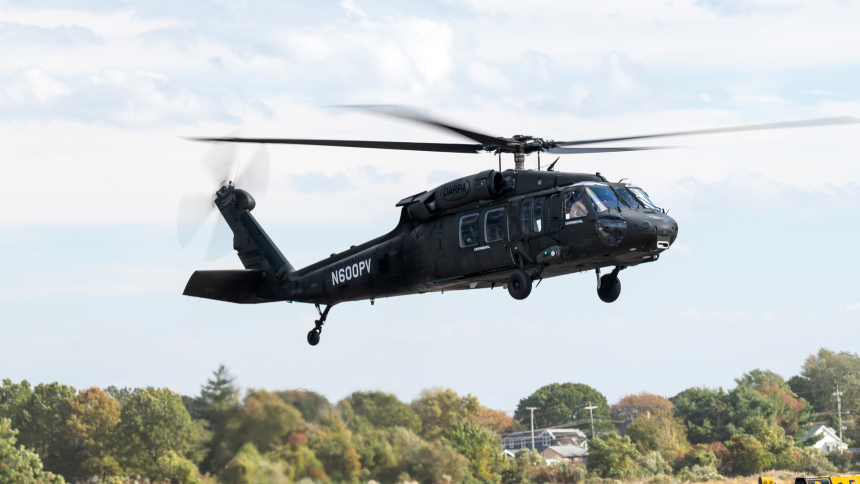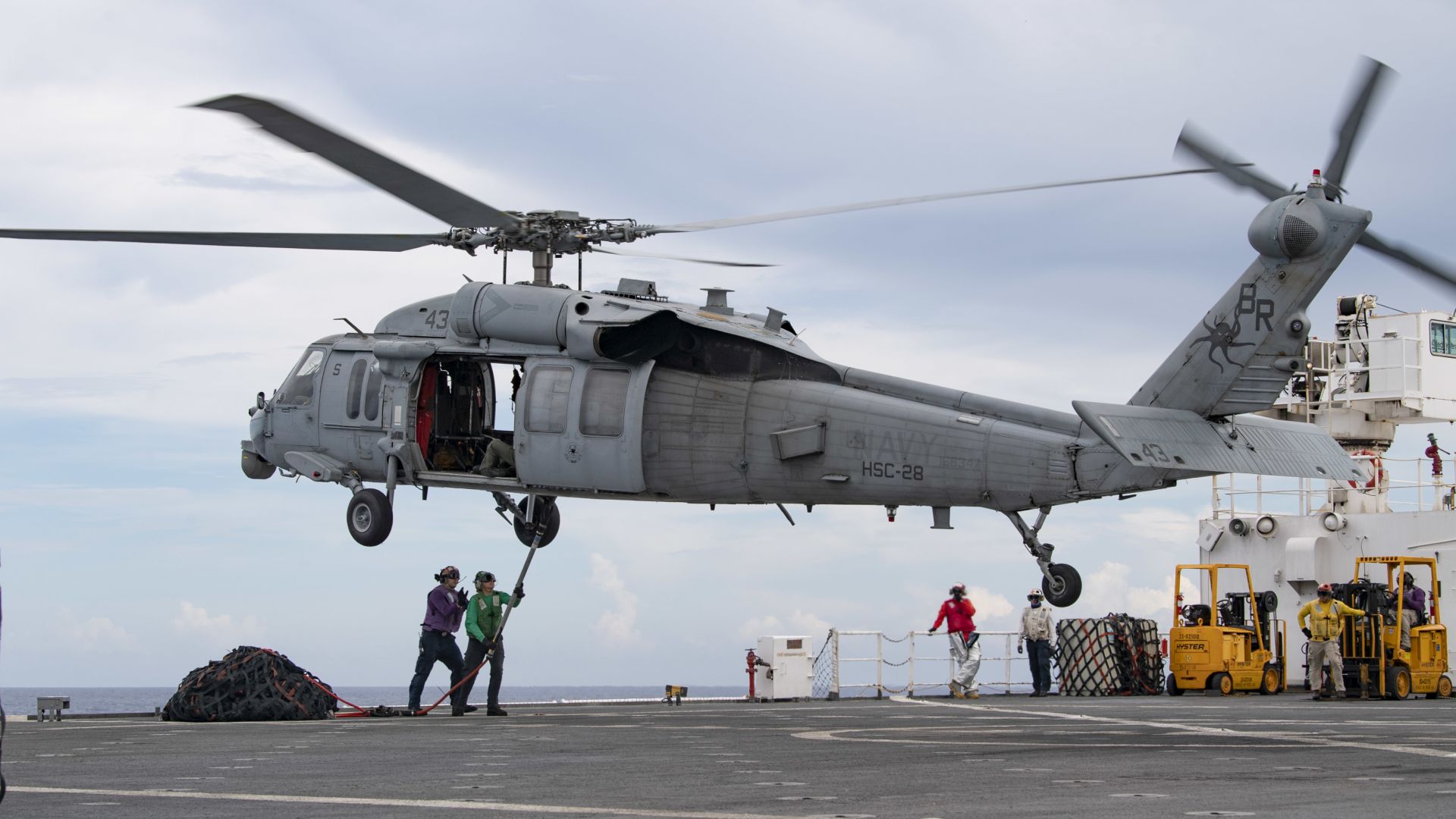Exploring the History and Evolution of the UH 60 Helicopter

Origins of the UH-60
The beginnings of the UH-60 helicopter can be mapped back to the late 1960s, a duration marked by the demand for a flexible utility aircraft that might adjust to the developing demands of modern-day war. The U.S. Army identified the need for a replacement for the older UH-1 Iroquois, which was coming to be increasingly inadequate for the complexities of contemporary fight situations. In 1967, the Army launched the Energy Tactical Transport Airplane System (UTTAS) program, which looked for to create a multi-role helicopter efficient in numerous objectives, consisting of army transport, clinical discharge, and logistical support.
The UH-60 Black Hawk was presented, showcasing cutting-edge layout aspects and progressed innovation that set it apart from its predecessors. The UH-60 promptly gained acknowledgment for its robust performance, integrity, and flexibility, leading the way for its extensive usage in military procedures and strengthening its standing as a foundation of U.S. Military aviation.
Secret Design Attributes
Ingenious design functions of the UH-60 Black Hawk substantially contribute to its operational effectiveness. One of one of the most remarkable facets is its twin-engine setup, which enhances integrity and offers a greater power-to-weight proportion, making it possible for the helicopter to do under different conditions. The aircraft's four-blade primary rotor system provides enhanced lift and maneuverability, important for tactical objectives.

Additionally, the cabin is developed for optimal exposure and ergonomics, including advanced avionics that simplify pilot operations. The modular layout of the UH-60 allows for very easy maintenance and versatility, making it suitable for different mission profiles, from army transport to medevac procedures. These key style attributes make sure that the UH-60 Black Hawk continues to be a flexible and reputable possession in military air travel, with the ability of meeting the demands of modern-day warfare.
Technological Innovations
Recent technological improvements in the UH-60 Black Hawk have actually considerably boosted its operational capabilities and adaptability. The assimilation of advanced avionics, such as digital trip control systems and boosted situational awareness displays, enables pilots to operate with boosted accuracy and efficiency. These systems help with enhanced navigating, interaction, and information sharing, making it possible for the helicopter to function successfully in varied settings.
In addition, the intro of composite products has decreased the overall weight of the aircraft while preserving structural stability. This decrease improves gas effectiveness and expands functional array. The unification of innovative blades modern technology, consisting of the usage of four-blade, totally expressed blades systems, has actually enhanced lift performance and maneuverability, allowing for better handling in various trip problems.

In addition, innovations in propulsion systems, such as the T700-GE-701D engines, have actually enhanced power output and integrity - uh 60. These engines add to exceptional performance in hot-weather and high-altitude conditions
Lastly, the integration of self-defense systems and boosted sensing unit bundles enhances the Black Hawk's survivability and goal performance. Collectively, these technological renovations make sure that the UH-60 Black Hawk stays an important asset in modern-day air travel, efficient in adjusting to the progressing demands of army and altruistic missions.
Function in Military Operations
As the foundation of U.S. Military air travel, the UH-60 helicopter plays an important role in numerous armed forces procedures, working as a versatile system for combat assistance, transportation, and medevac objectives - uh 60. Its design integrates the capacity to operate in varied atmospheres, making it essential for army movement and logistical assistance in both unique and traditional war

In clinical evacuation circumstances, the UH-60 has actually verified vital, substantially minimizing the time to transport damaged soldiers from the field of battle to medical facilities. Its innovative avionics and night vision capacities further make certain goal success under difficult problems. Generally, the UH-60 helicopter remains a vital property, constantly adjusting to satisfy the developing needs of armed forces procedures and improving the effectiveness of united state forces worldwide.
Future of the UH-60
Looking in advance, the future of the UH-60 helicopter includes substantial developments in technology and abilities designed to boost its operational performance. As military procedures evolve, the UH-60 is expected to include innovative technologies, consisting of improved avionics, boosted weapons systems, and progressed communication devices. These enhancements will certainly permit better situational understanding and goal adaptability, making sure that the UH-60 continues to be an essential possession on the combat zone.
One noteworthy advancement is the assimilation of fly-by-wire systems, which will boost trip control precision and minimize pilot workload. In addition, efforts to upgrade the airframe and engines aim to raise payload, variety, and rate ability, thereby expanding the helicopter's operational extent (uh 60).
The future likewise holds pledge for boosted interoperability with unmanned Recommended Site aerial systems (UAS), enabling coordinated missions that leverage both manned and unmanned capabilities. Additionally, the incorporation of artificial intelligence and machine learning can maximize trip characteristics and maintenance processes, leading to reduced functional prices.
Final Thought
The UH-60 Black Hawk helicopter represents a significant achievement in military aeronautics, advancing from the united state Army's initial needs for a functional utility airplane. Its innovative design attributes and continual technological visit the website improvements have guaranteed its significance in different military procedures over the decades. As the needs of modern-day warfare change, the future of the UH-60 will likely entail additional enhancements and adjustments, strengthening its status as an essential property for armed forces worldwide.
The UH-60 Black Hawk helicopter stands for a substantial turning point in armed forces aviation, emerging from the United state Army's pursuit for a much more versatile and dependable utility aircraft in the late 20th century.The beginnings of the UH-60 helicopter can be traced back to the late 1960s, a duration marked by the demand for a flexible energy aircraft that can adapt to the advancing demands of modern-day warfare. Generally, the UH-60 helicopter remains an essential asset, continually adapting to satisfy the evolving demands of army operations and improving the performance of U.S. forces worldwide.
Looking in advance, the future of the UH-60 helicopter involves considerable innovations in innovation and capacities designed to improve its functional effectiveness.The UH-60 Black Hawk helicopter represents a substantial achievement in military air travel, advancing from the U.S. Army's preliminary needs for a versatile utility aircraft.